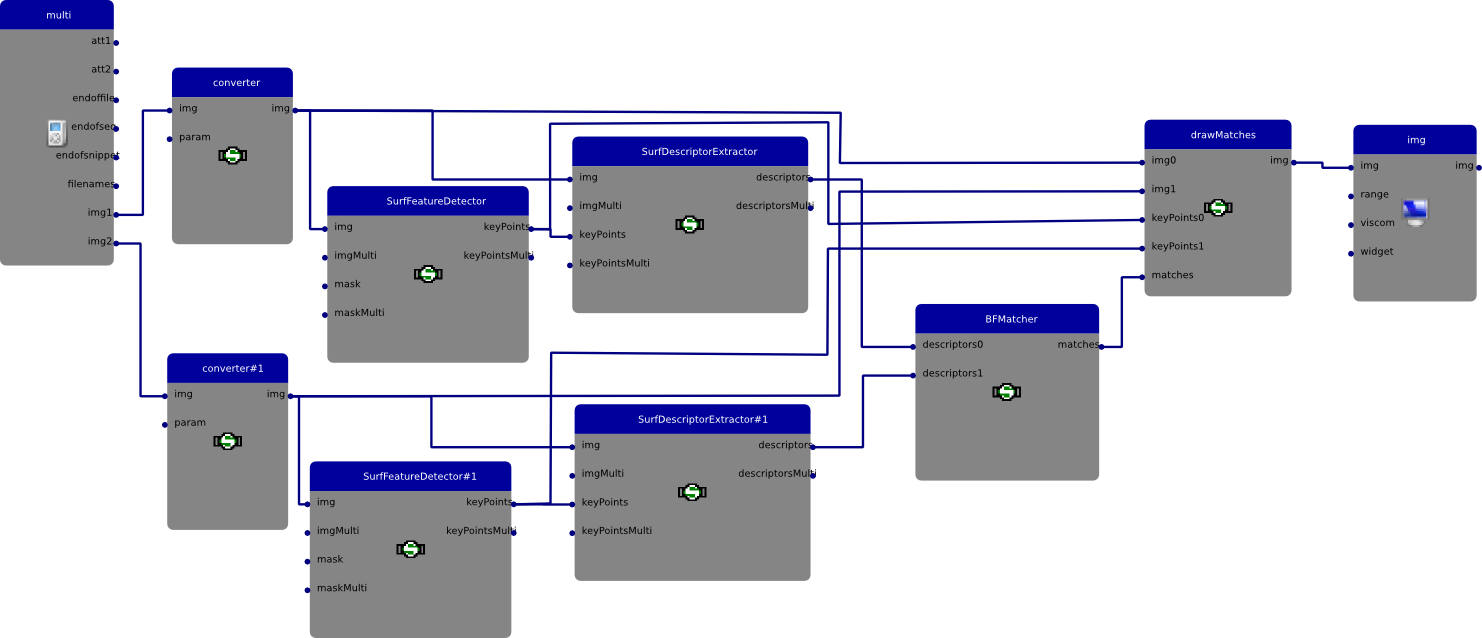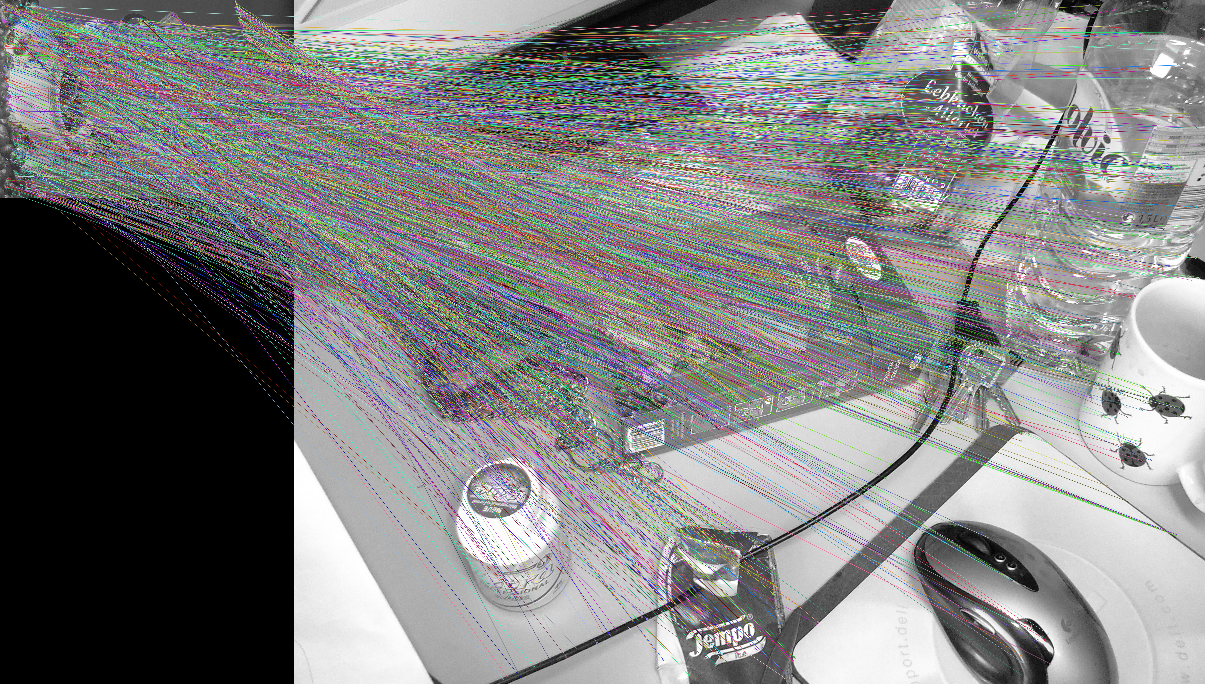| Started in: | 2012 |
| Contact person: | Ralf Reulke, Kristian Manthey, Dominik Rueß |
| Staff involved: | Kristian Manthey, Dominik Rueß, Silvio Tristram, Christian Kaptur, Sourabh Bodas, Konstantinos Amplianitis, Kevin Buchwinkler, Malte Müller-Rowold |
The company
 Hella Aglaia Mobile Vision GmbH
develops and distributes intelligent visual sensor systems.
This also includes the software Cassandra, a tool for fast
development of (prototypic) image processing algorithms.
Cassandra is implemented in C++ and specializes on the automotive area.
Cassandra has changed significantly for version 11:
improved multi core support, better synchronization of data sources and sinks,
realtime requirements can now be applied, since the system won't be cluttered
by too much data and many more features have been implemented.
Cassandra will also be released in a community edition. This edition allows
academic associates and students to rapidly develop and test their own image
processing algorithms.
The outstanding feature of Cassandra is the lack of need for programming
skills. But still, if you know C++, you can extend Cassandra with your own
stations.
Hella Aglaia Mobile Vision GmbH
develops and distributes intelligent visual sensor systems.
This also includes the software Cassandra, a tool for fast
development of (prototypic) image processing algorithms.
Cassandra is implemented in C++ and specializes on the automotive area.
Cassandra has changed significantly for version 11:
improved multi core support, better synchronization of data sources and sinks,
realtime requirements can now be applied, since the system won't be cluttered
by too much data and many more features have been implemented.
Cassandra will also be released in a community edition. This edition allows
academic associates and students to rapidly develop and test their own image
processing algorithms.
The outstanding feature of Cassandra is the lack of need for programming
skills. But still, if you know C++, you can extend Cassandra with your own
stations.
With the freely available third party library
 OpenCV users have a very
powerful image processing tool. This library will be implemented in Cassandra 11.
The task of the CV group is to reasonably implement OpenCV functions and classes
to Cassandra stations.
The problem is the different concept of OpenCV and Cassandra.
The latter one makes use of data flow graphs.
In contrast, OpenCV requires much more user input and control about parameters
and the use of the classes.
OpenCV users have a very
powerful image processing tool. This library will be implemented in Cassandra 11.
The task of the CV group is to reasonably implement OpenCV functions and classes
to Cassandra stations.
The problem is the different concept of OpenCV and Cassandra.
The latter one makes use of data flow graphs.
In contrast, OpenCV requires much more user input and control about parameters
and the use of the classes.
The OpenCV modul core has already been ported to Cassandra by Hella Aglaia.
The CV group has implemented the modules calib3d, features2d,
video analysis and object detection.
With the experience and knowledge of our group, we could add meaningful
application scenarios and end user tutorials.
With this extension, Cassandra becomes interesting for general rapid image processing
prototyping.
The software is available at this  link.
link.
© 2025 - Computer Vision, Department of Computer Science, HU Berlin - - Legal Notice






